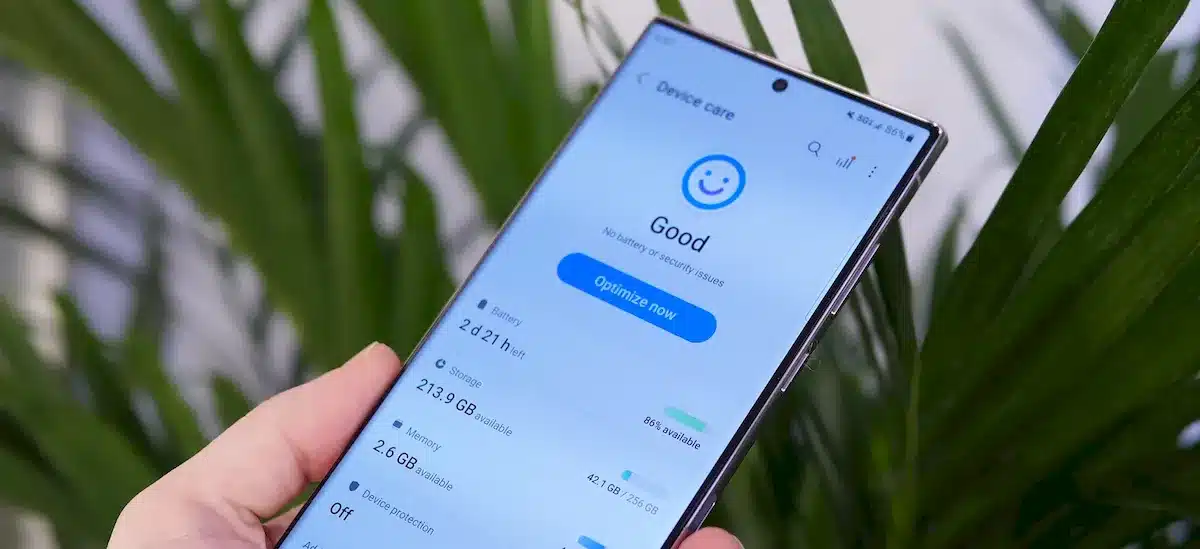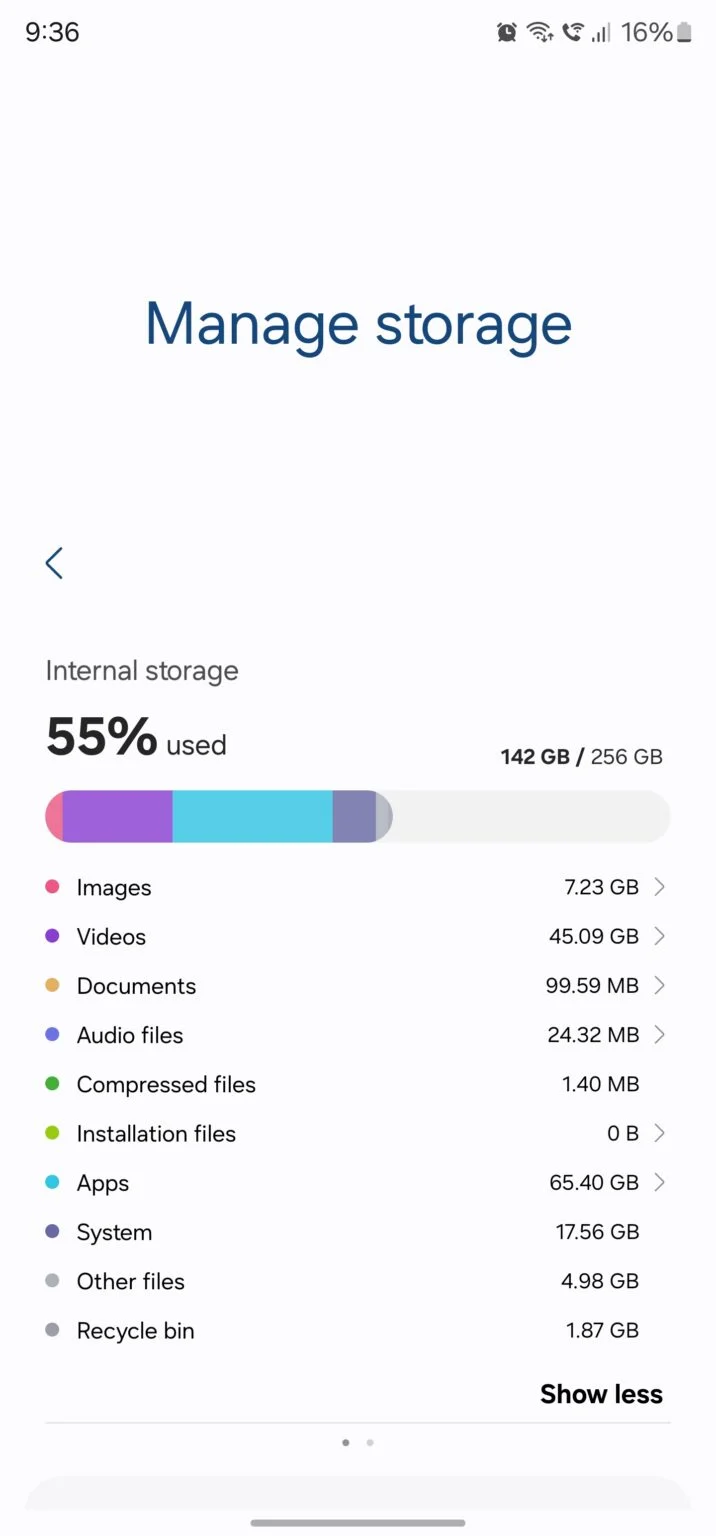Samsung has changed the way it displays the amount of space occupied by the System so that people stop misunderstanding.

A few months ago, there was a lot of heated discussion about how Samsung displays the space occupied by the System on their phones and tablets. An inaccurate report from ArsTechnica claims that Samsung's software uses up to 60 GB of memory space. But the truth is not so. Therefore, the company is currently changing the way it displays the amount of space occupied by the system so that people do not misunderstand.
With One UI 6.0, Samsung more accurately describes the amount of space occupied. Instead of grouping the difference between how humans and Android measure memory space under “System”, One UI 6.0 shows the difference under the name “Other files”. This prevents people from believing that Samsung's software is actually taking up 60GB of space on their 512GB phone.
This change was discovered by Max Weinbach. When I test my Galaxy S23 Ultra (which is running the first beta of One UI 6.0), your Files app shows 17.56 GB occupied by System and 4.98 GB occupied by “Other files”. This section is nothing but a disparity between how humans and Android measure memory capacity.

For example, a Galaxy S23 with 256 GB of internal memory is equivalent to 238 GiB (the unit of measurement Android uses to calculate storage capacity). Previously, this 18 GB difference would have been grouped into the System. As a result, your File shows the System taking up about 36 GB of internal memory. One UI 6.0 now shows the amount of space occupied by the System more accurately, which is around 17.56 GB. For comparison, the Pixel 7 Pro (which many think runs pure Android) has a system partition of about 16 GB.
With this change, hopefully, Galaxy phone and tablet users will no longer complain about Samsung devices using up too much memory space unnecessarily. One UI 6.0 also brings a lot of improvements and new features. For example, the Quick Settings panel has been redesigned.
 SamFw
SamFw

